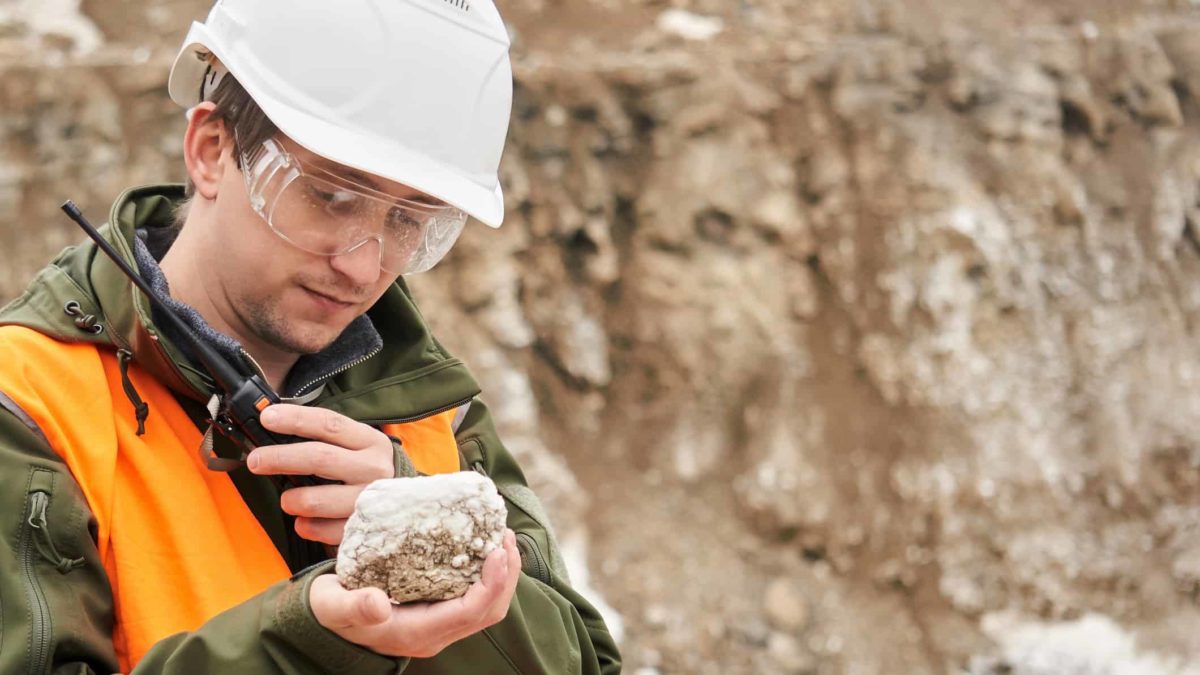With all the economic dramas going on in China these days, it's reasonable to wonder whether iron ore's multi-year bull run is over.
It's important for us to know, given Australia's gross domestic product (GDP) relies heavily on our resources trade, particularly sales of iron ore, and China is our biggest customer.
In fact, China buys more iron ore than any other country, accounting for 70% of global imports.
So, for better or worse, right now the global iron ore price is inextricably linked to the Chinese economy. And here's what's been happening lately: COVID-19 lockdowns, falling property sales, government-backed bailouts of unfinished housing projects, debt defaults, and a "sharp contraction" in the steel industry due to "collapsing domestic demand".
That's according to a note from Liberum Capital reported in the Australian Financial Review (AFR) today.
So, what does all this mean for the iron ore price? Is it heading into a bear market?
The rollercoaster of the iron ore price
Before we answer that, let's review the recent history of the iron ore price.
Back in January 2016, the iron ore price hit an all-time low of US$42 per tonne. Since that time, it has climbed in a sharp jagged line to reach a peak of US$215 per tonne in June 2021.
Then it took a dive. All the way back to US$100 per tonne by November 2021. Then, we saw a recovery to US$158 per tonne by March this year. Then it fell again, back to $US100 per tonne on 21 July. (Anyone feel like we're on a rollercoaster, here?)
Now what's happening? Well, in overnight trading, the iron ore price went up 1.28% to US$119 per tonne.
So, it appears to be on the rebound. Or is it just a blip? Simply part of that historically sharp jagged line, whether it's upwards or downwards?
Is iron ore going bearish?
In an article by Hans Lee on Livewire, commodities analysts from Citi basically say 'no' to this question.
They reckon more stimulus as a result of easing monetary policies in China could lift the iron ore price.
They also say the recent dip in the iron ore price has led to less seaborne supply from smaller producers. Plus, recent lockdowns have resulted in less domestic production, so this could lead to higher demand for imports in the second half of 2022. Hence, "the iron ore price could perform strongly through the end of the year", according to the article.
The Citi team says the demand/supply 'delta', which means the rate of change, is turning positive.
According to the article:
Indeed, new home starts and completions are outpacing the rate of ongoing projects. This differential is traditionally a leading indicator for iron ore price movements — one way or the other.
Citi backs BHP and Rio Tinto
Citi notes the price drops of the three major ASX mining shares — BHP Group Ltd (ASX: BHP), Rio Tinto Limited (ASX: RIO), and Fortescue Metals Group Limited (ASX: FMG) — during the recent market sell-off.
Based on current valuation and potential dividend yields, Citi recommends BHP and Rio Tinto as buys. It rates Fortescue a hold.
The analysts say more stimulus in China and a weaker Australian dollar are great news for the miners. When the dollar is weak, the cost to export iron ore goes down.








